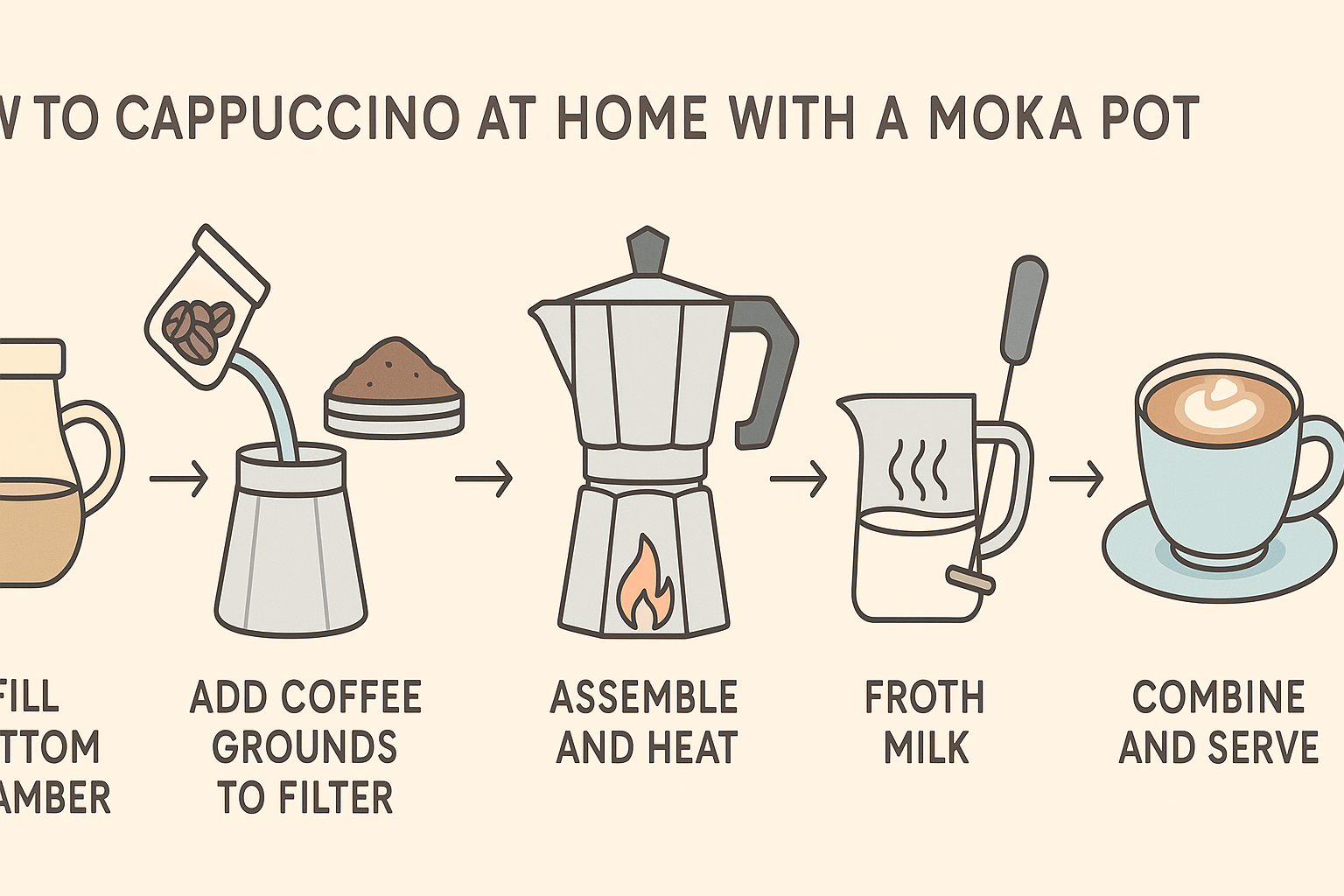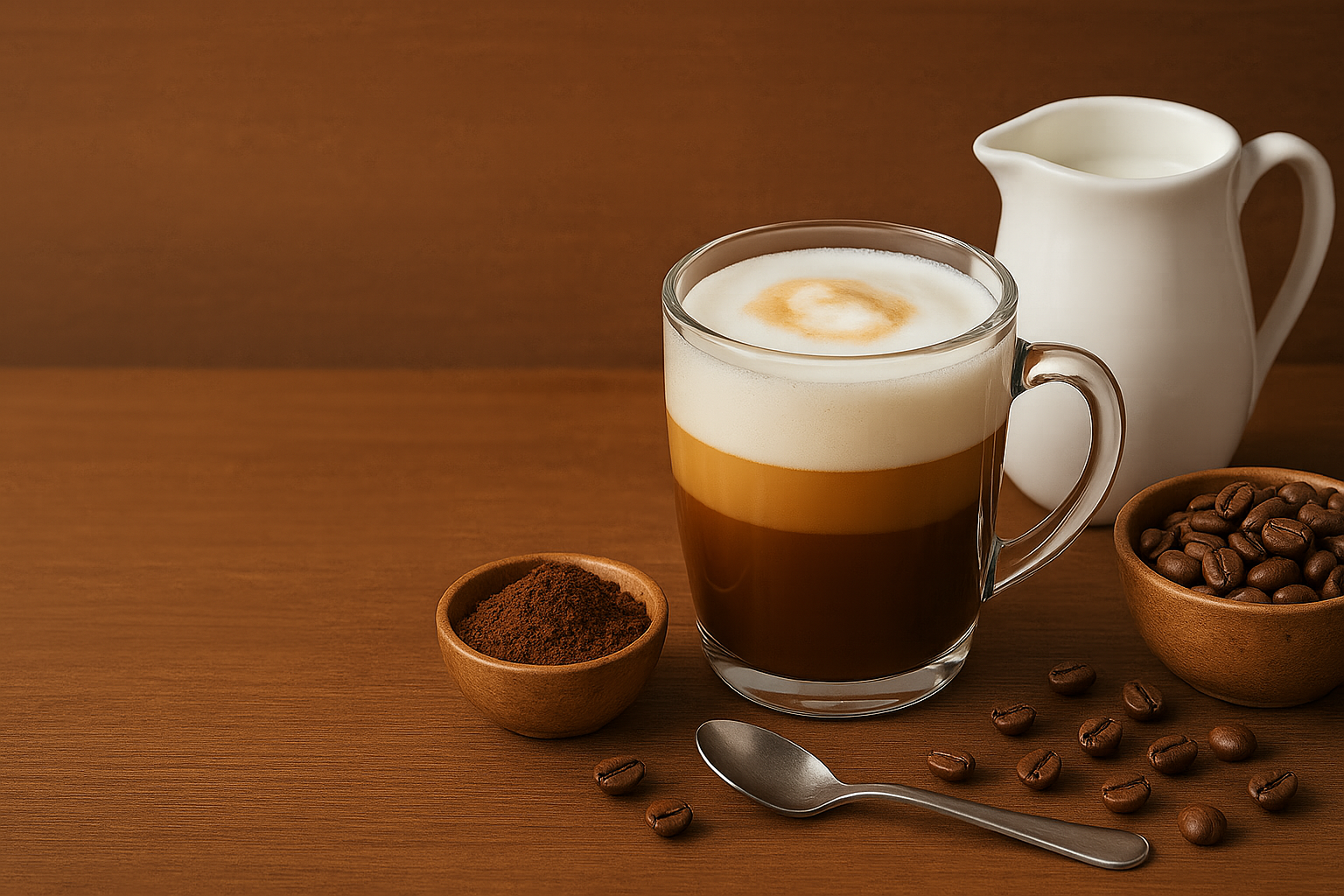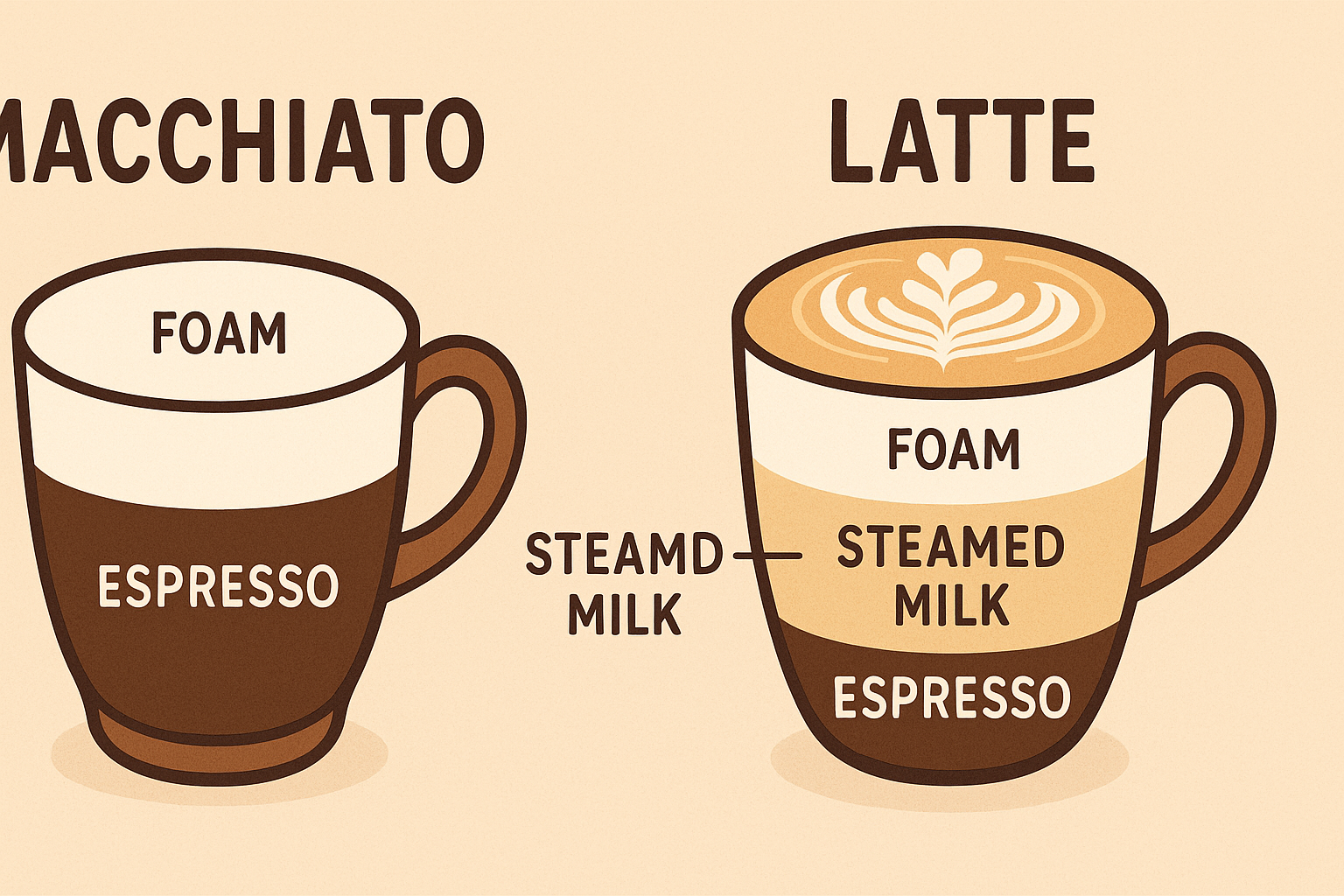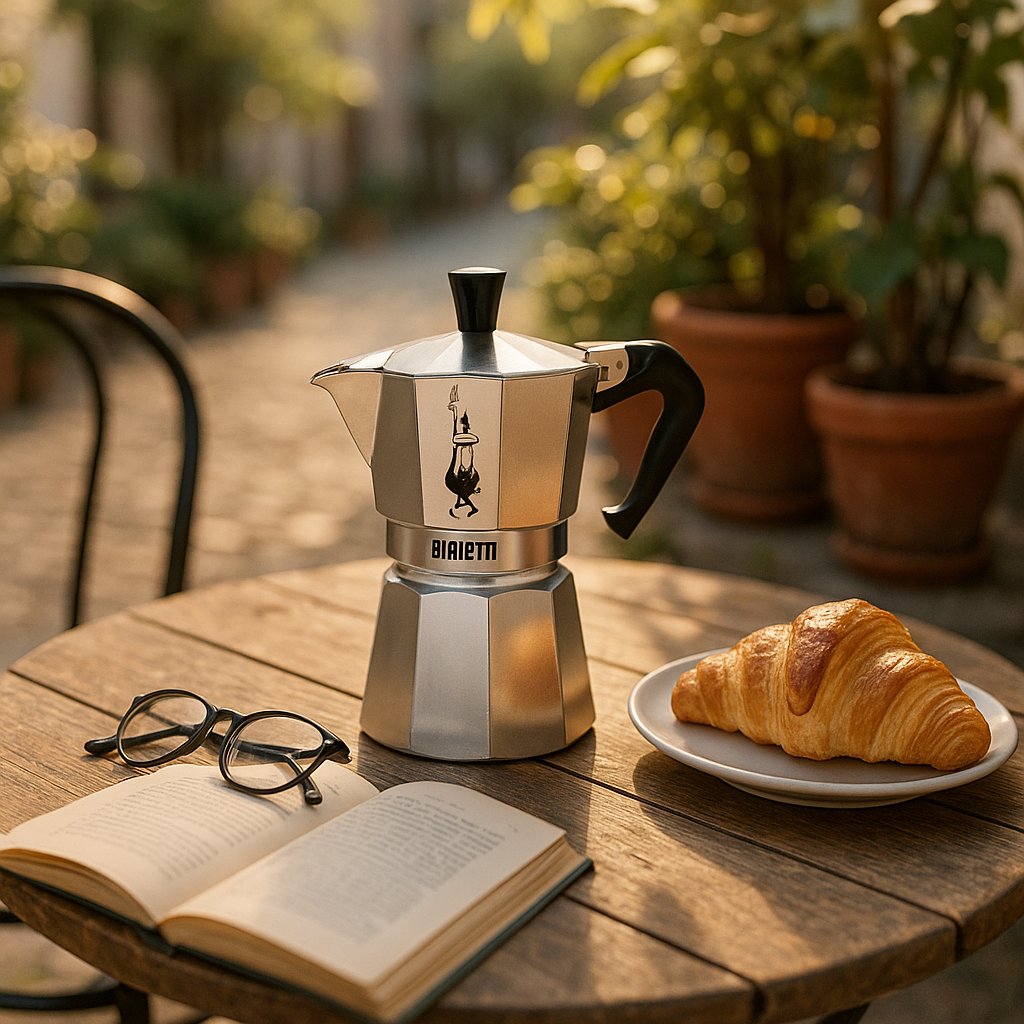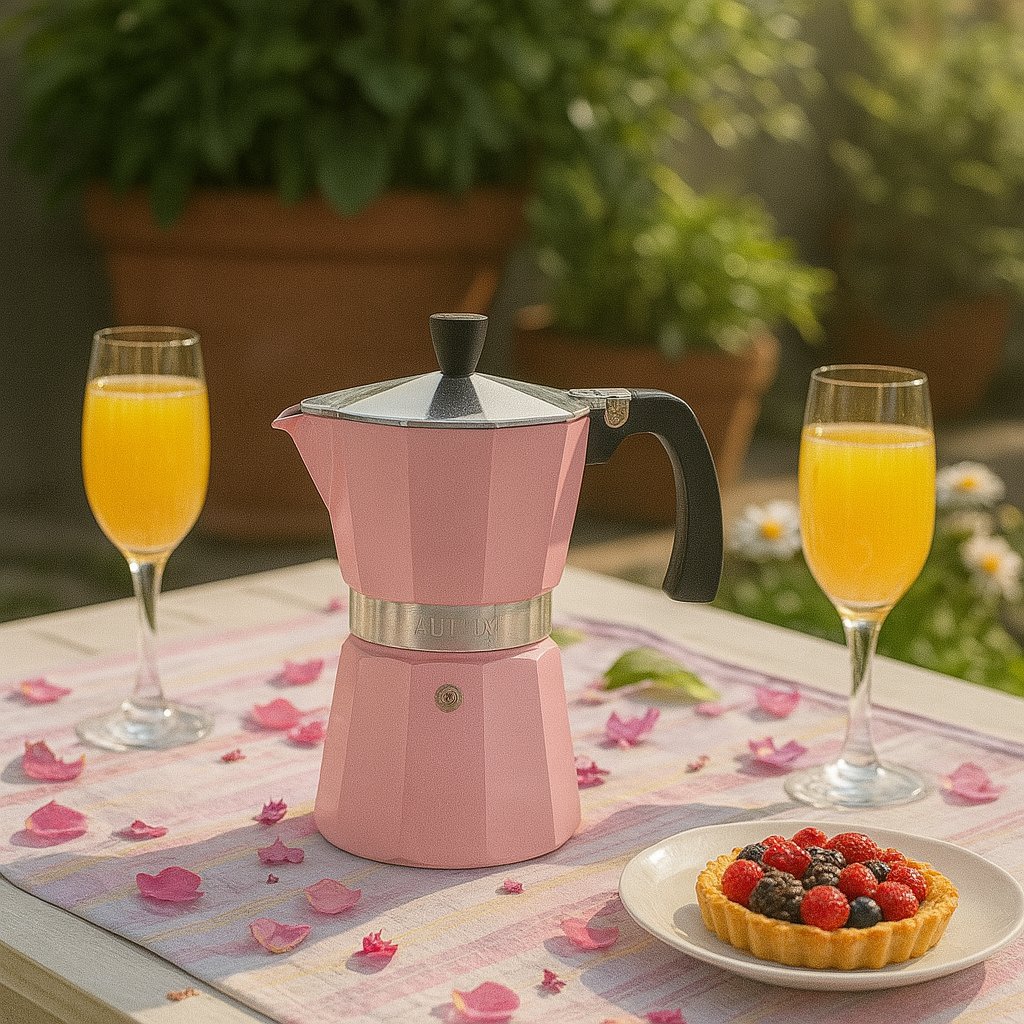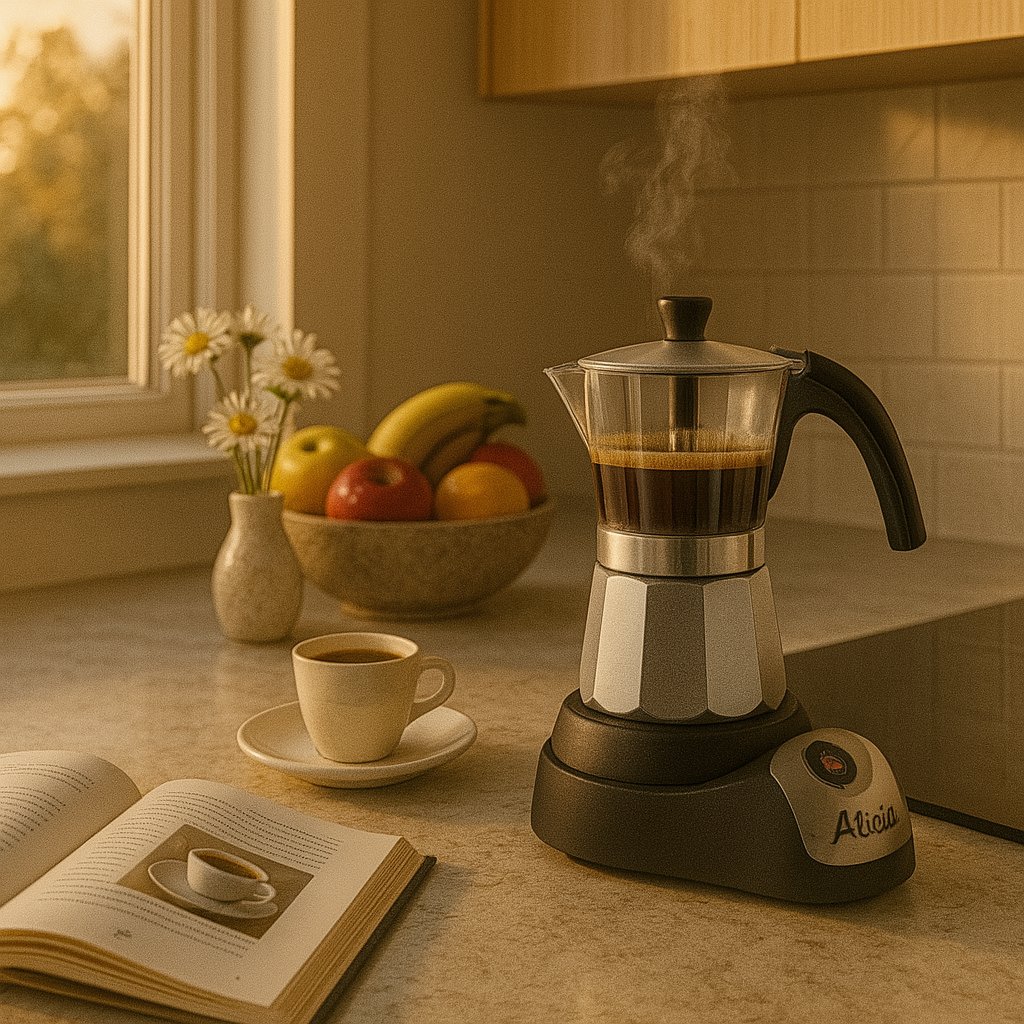What's in a Flat White Coffee and How to Make One
Discover the authentic flat white recipe and master this Australian coffee classic. Marco explores the perfect balance of espresso and microfoam that makes flat white unique from cappuccino and latte, with professional techniques for home brewing.
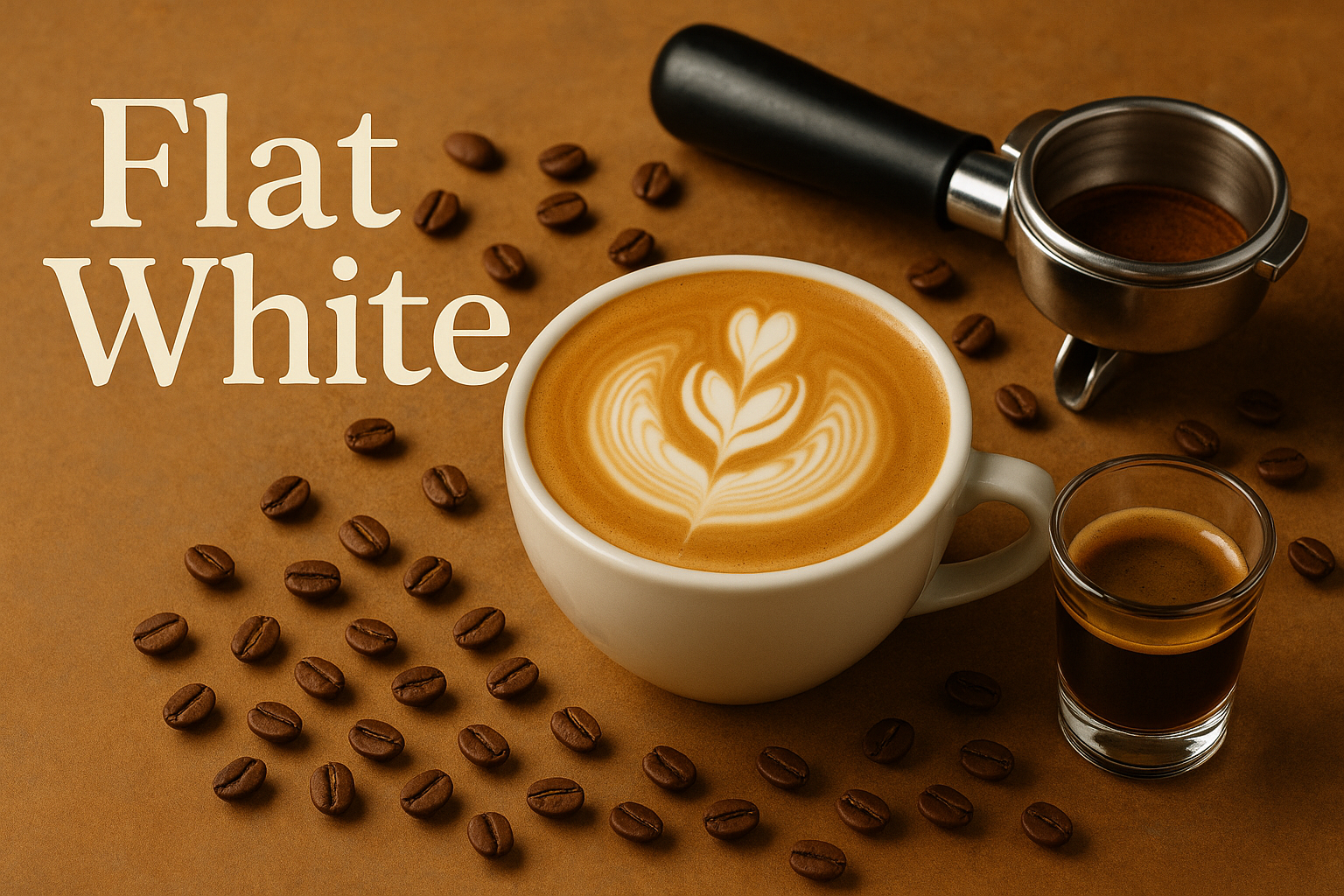
Introduction: The Elegant Simplicity of Flat White
I'll never forget my first encounter with a proper flat white in a small café in Melbourne's laneways. The barista, a third-generation Italian-Australian named Tony, placed the cup before me with understated pride. At first glance, it looked deceptively simple: a small cup filled with what appeared to be coffee and milk. But that first sip revealed something extraordinary – a perfect harmony of strong espresso and velvety microfoam that was unlike any cappuccino or latte I'd experienced.
"Flat white is not just coffee with milk," Tony explained as I savored the drink. "It's about precision, balance, and understanding the relationship between espresso and milk texture. Too much foam and it becomes a cappuccino. Too much milk and it's a latte. Flat white lives in that perfect middle ground where the coffee shines through the silk."
That conversation in Melbourne sparked my deep dive into flat white culture, taking me from Sydney's bustling coffee scene to Wellington's artisanal roasters, and eventually to London where the flat white revolution had taken the specialty coffee world by storm. What I discovered was more than just another milk-based coffee drink; flat white represents a philosophy of coffee preparation that prioritizes the essential flavors while achieving textural perfection.
In this comprehensive guide, I'll share everything I've learned about flat white coffee – from its contested origins in Australia and New Zealand to the precise techniques needed to create the perfect cup at home. Whether you're curious about what sets flat white apart from other coffee drinks or want to master the art of microfoam, this guide will give you the knowledge and skills to appreciate and create this elegant coffee classic.
Australian Coffee Heritage
Flat White Origins: Born from Australia and New Zealand's unique coffee culture in the 1980s, flat white represents the Antipodean approach to coffee: strong, straightforward, and focused on quality over complexity. It's the drink that put Australian coffee on the global map.
What Exactly Is a Flat White?
The Essential Definition
A flat white is a coffee drink consisting of a double shot of espresso topped with microfoamed milk, served in a ceramic cup typically holding 5-6 oz (150-180ml). The key distinguishing feature is the microfoam – steamed milk with an ultra-fine, velvety texture that integrates seamlessly with the espresso rather than sitting on top like traditional cappuccino foam.
The term "flat" refers to the absence of the thick, fluffy foam layer found in cappuccinos. Instead, flat white achieves its signature texture through microfoam – milk that has been steamed to create tiny, uniform bubbles that create a paint-like consistency. This allows the espresso flavors to shine through while providing the creamy mouthfeel that makes the drink so satisfying.
Core Components
- • Espresso: Double shot (18-20g coffee)
- • Milk: 4-5 oz (120-150ml) steamed
- • Microfoam: 2-3mm layer maximum
- • Cup Size: 5-6 oz ceramic cup
- • Temperature: 65-70°C (149-158°F)
Texture Profile
- • Mouthfeel: Velvety and smooth
- • Foam Thickness: Minimal visible foam
- • Integration: Milk and coffee blend seamlessly
- • Strength: Strong coffee flavor maintained
- • Finish: Clean with lingering espresso notes
The Science Behind Microfoam
Understanding microfoam is crucial to mastering flat white. Unlike the airy foam in cappuccinos, microfoam consists of millions of tiny bubbles (0.1-0.3mm) that create a dense, creamy texture. This is achieved by introducing steam into cold milk at the precise temperature and pressure, creating proteins and fats that stabilize the foam structure.
Microfoam Science
Physical Properties
- • Bubble size: 0.1-0.3mm diameter
- • Density: 10-15% air incorporation
- • Stability: 3-5 minutes optimal window
- • Texture: Paint-like consistency
Temperature Factors
- • Start temperature: 4°C (39°F)
- • Steaming temperature: 65°C (149°F)
- • Serving temperature: 60-65°C
- • Optimal drinking: 55-60°C
Cultural Significance and Global Spread
Flat white represents more than just a coffee recipe; it embodies the Australian and New Zealand approach to coffee culture – quality-focused, unpretentious, and technically excellent. The drink gained international recognition when Australian baristas began opening cafés in London, New York, and other major cities, bringing their coffee expertise and flat white culture with them.
Today, flat white serves as a gateway for coffee enthusiasts who find cappuccinos too milky and lattes too weak. It appeals to those who appreciate strong coffee flavors but enjoy the creamy texture that only perfectly steamed milk can provide.
Flat White vs. Other Coffee Drinks
Understanding the Differences
One of the most common questions about flat white concerns how it differs from cappuccino, latte, and other milk-based espresso drinks. While they share similar base ingredients, the proportions, preparation techniques, and serving styles create distinctly different drinking experiences.
Coffee Drink Comparison Chart
| Drink | Cup Size | Espresso | Milk | Foam Layer |
|---|---|---|---|---|
| Flat White | 5-6 oz | Double shot | 4-5 oz microfoam | 2-3mm |
| Cappuccino | 5-6 oz | Single/Double shot | 2-3 oz steamed milk | 10-15mm |
| Latte | 8-12 oz | Single/Double shot | 6-10 oz steamed milk | 5-8mm |
| Cortado | 3-4 oz | Double shot | 2-3 oz warm milk | 1-2mm |
Detailed Comparison Analysis
Flat White vs Cappuccino
- Strength: Flat white stronger due to more espresso relative to milk
- Texture: Flat white smoother, cappuccino has distinct foam layer
- Temperature: Both served hot, similar temperature range
- Presentation: Flat white minimal foam art, cappuccino fluffy top
Flat White vs Latte
- Size: Flat white smaller, more concentrated flavor
- Milk Ratio: Latte has much more milk, milder coffee taste
- Foam: Both have minimal foam, but flat white denser texture
- Intensity: Flat white coffee-forward, latte milk-forward
Flat White vs Cortado
- Origin: Cortado Spanish, flat white Australian/NZ
- Size: Cortado smaller (3-4 oz vs 5-6 oz)
- Temperature: Cortado warm milk, flat white steamed hot
- Preparation: Similar technique, different proportions
Taste Profile Comparison
Flat white occupies a unique position in the coffee spectrum: stronger than a latte due to higher coffee-to-milk ratio, smoother than a cappuccino due to microfoam integration, and larger than a cortado allowing for more complex flavor development. This makes it ideal for those who want to taste coffee character while enjoying creamy texture.
How to Make the Perfect Flat White
What You'll Need
Ingredients
- • 18-20g freshly ground espresso beans
- • 120-150ml cold whole milk (3.25% fat minimum)
- • Optional: 1-2g sugar (for milk steaming aid)
Timing
- • Prep: 2 minutes
- • Extraction: 25-30 seconds
- • Milk steaming: 30-45 seconds
- • Total: 3-4 minutes
Equipment
- • Espresso machine with steam wand
- • Burr coffee grinder
- • 5-6 oz ceramic cup
- • Milk pitcher (350ml capacity)
- • Tamper and scale
- • Thermometer (optional)
Skill Level
- • Difficulty: Intermediate
- • Key Skill: Microfoam technique
- • Practice Time: 2-3 weeks to master
Step-by-Step Instructions
Prepare Your Espresso
Grind 18-20g of fresh coffee beans to a fine consistency (similar to table salt). The grind should be fine enough to create proper resistance but not so fine that extraction is over 35 seconds. Dose the portafilter, level the grounds, and tamp with 30 pounds of pressure to create an even, level surface.
Start Your Espresso Extraction
Lock the portafilter into your espresso machine and start extraction immediately. The espresso should begin flowing after 6-8 seconds and maintain a steady, honey-like consistency. Look for a golden-brown crema that covers the entire surface. Total extraction time should be 25-30 seconds for optimal flavor balance.
Pro Tip: Start steaming your milk when the espresso begins flowing to ensure both components finish simultaneously.
Steam the Milk for Microfoam
Pour cold milk into your steaming pitcher, filling it no more than halfway. Purge the steam wand, then insert it just below the milk surface. Turn on steam and immediately begin creating microfoam by keeping the wand near the surface for the first 5-10 seconds, creating a gentle paper-tearing sound.
Microfoam Technique:
- • Keep wand 1-2mm below surface initially
- • Create gentle "paper tearing" sound
- • Stop stretching at 37°C (100°F)
- • Plunge wand deeper to heat to 65°C (149°F)
Perfect the Milk Texture
Once the milk reaches body temperature (around 37°C), plunge the steam wand deeper and continue heating without creating more foam. The goal is to achieve a paint-like consistency where the milk and microfoam are completely integrated. Stop steaming when the pitcher becomes too hot to hold comfortably (65°C).
Science Note: Microfoam occurs when milk proteins denature and create stable foam structures at 60-70°C. The key is controlled air incorporation during the initial stretching phase.
Prepare the Milk for Pouring
Immediately after steaming, tap the pitcher on the counter to break any large bubbles and swirl the milk to integrate the microfoam fully. The milk should have a glossy, paint-like appearance with no visible bubbles. If done correctly, you should be able to see your reflection in the milk surface.
Timing Tip: You have about 20-30 seconds after steaming to pour before the microfoam begins to separate. Work quickly but smoothly.
Pour the Perfect Flat White
Start pouring from a height of 3-4 inches into the center of the espresso, allowing the milk to dive under the crema and mix with the coffee. As the cup fills to about halfway, bring the pitcher closer to the surface and slow your pour to maintain the microfoam integration. Finish with a gentle forward motion to create a simple latte art pattern if desired.
Pouring Technique Breakdown:
- Phase 1: High pour (3-4 inches) into center - milk dives under crema
- Phase 2: Lower pitcher as cup fills - maintain integration
- Phase 3: Surface-level pour - create minimal foam layer
- Finish: Quick forward motion - clean edge and simple art
Serve and Evaluate
Serve immediately in the ceramic cup. A perfect flat white should have a glossy surface with minimal visible foam (2-3mm maximum), uniform color throughout when gently stirred, and a rich aroma combining espresso and sweet milk notes. The first sip should deliver strong coffee flavor balanced by creamy, velvety texture.
Quality Check: The milk should integrate so well that there's no distinct foam layer visible from the side. If you can see a clear foam line, practice your microfoam technique.
Troubleshooting and Professional Tips
Common Problems and Solutions
Even experienced baristas encounter challenges when perfecting their flat white technique. Here are the most common issues and their solutions, based on years of training baristas and troubleshooting flat white preparations:
Microfoam Troubleshooting
Too much foam/bubbles visible
Causes: Steam wand too high, too much air incorporation, insufficient swirling
Solutions: Keep wand closer to surface initially, reduce stretching time, swirl milk more vigorously after steaming
Flat, thin milk texture
Causes: Insufficient air incorporation, overheated milk, low-fat milk
Solutions: Increase stretching time to 8-10 seconds, use whole milk (3.25% fat), stop at 65°C
Separation of milk and foam
Causes: Insufficient integration, waiting too long to pour, poor steaming technique
Solutions: Swirl immediately after steaming, pour within 20 seconds, practice consistent technique
Advanced Techniques for Perfection
Once you've mastered the basics, these advanced techniques will help you achieve café-quality results consistently:
Professional Barista Secrets
Temperature Precision
Use the "hand test" - when the pitcher becomes uncomfortably hot to hold, you're at the perfect temperature (around 65°C). This ensures optimal microfoam without overheating.
Milk Selection
Whole milk (3.25% fat) creates the best microfoam. The fat content provides stability and sweetness. Avoid ultra-pasteurized milk as it doesn't foam as well.
Cup Preheating
Warm your cup with hot water before brewing. This prevents temperature shock and helps maintain the ideal drinking temperature longer.
Consistency Practice
Practice with the same milk pitcher, cup, and technique daily. Muscle memory is crucial for consistent microfoam texture.
Equipment Recommendations
While flat white can be made with various equipment, certain tools make the process easier and more consistent:
Essential Equipment Guide
Espresso Machine Features
- • Steam wand with good pressure control
- • Temperature stability ±2°C
- • Pre-infusion capability (preferred)
- • Pressure gauge for consistency
Milk Steaming Tools
- • Stainless steel pitcher (350ml ideal)
- • Narrow spout for control
- • Thermometer (until you develop touch)
- • Quality whole milk (fresh, cold)
Mastering the Art of Flat White
Creating the perfect flat white is a journey that combines technical precision with an understanding of coffee and milk science. From that first revelation in Melbourne's laneways to countless hours perfecting microfoam technique, I've learned that flat white represents something beautiful about coffee culture – the pursuit of balance and the celebration of fundamental flavors done exceptionally well.
The beauty of flat white lies not in complexity but in the mastery of simple elements: exceptional espresso, perfectly steamed milk, and the skillful integration of both. When done correctly, it creates a drinking experience that showcases the coffee's character while providing the comfort and satisfaction that only creamy, well-textured milk can deliver.
Remember that mastering flat white technique takes practice. Don't be discouraged if your first attempts don't match café standards – even professional baristas spend months perfecting their microfoam technique. Focus on consistency in your approach: same ratios, same timing, same milk temperature. With practice, you'll develop the muscle memory and intuitive understanding needed to create exceptional flat whites at home.
The global popularity of flat white speaks to coffee drinkers' appreciation for quality and balance. In a world of increasingly complex coffee drinks, flat white remains a testament to the power of mastering the fundamentals. Whether you're seeking a stronger alternative to lattes or a smoother option than cappuccinos, flat white offers the perfect middle ground for those who appreciate both coffee intensity and milk's creamy comfort.
As you embark on your flat white journey, remember that each cup is an opportunity to practice and improve. Pay attention to the milk texture, the integration with espresso, and the overall balance of flavors. With time and dedication, you'll not only master this iconic Australian coffee drink but also develop a deeper appreciation for the artistry that goes into every perfectly crafted cup.
Final Wisdom
Australian Coffee Philosophy: "Good coffee doesn't need hiding behind fancy names or complicated preparations. It just needs to be done right, with respect for the bean and skill with the milk." – The essence of flat white culture that values quality over complexity.
